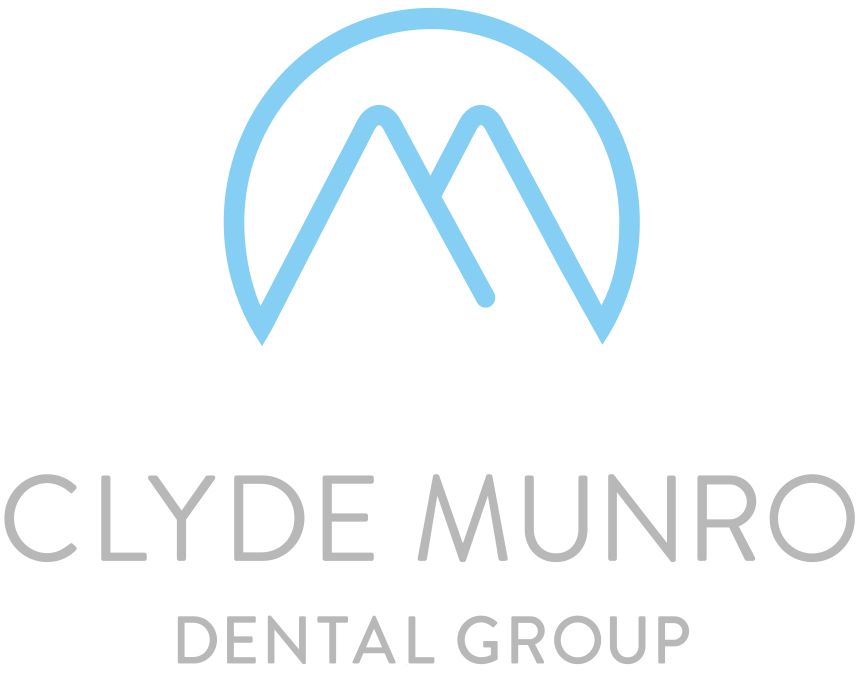Composite Bonding Aftercare: Everything You Need to Know
Published: 10 July 2025
If you want to give your smile a boost, composite bonding is one of the quickest and easiest ways to give your teeth those all-important tweaks.
While the treatment itself is relatively straightforward, it’s important to remember that there are several aftercare considerations to be aware of to ensure you get the most out of your treatment.
Read on as we provide some information to keep your composite bonding in excellent condition.
What is composite bonding?
Before we look at aftercare, it’s important to understand what composite bonding is, and how it works. Composite bonding uses a composite resin to cover minor imperfections in teeth, such as chips, cracks, and discolouration, mimicking the tooth’s natural appearance and structure without removing what’s already there.
Why choose composite bonding?
Composite bonding is an excellent option for those who want minor tweaks to one or several teeth without committing to complete tooth removal (such as with crowns) or partial removal (such as with veneers).
How composite bonding is applied
- After discussing your reasoning for choosing composite bonding and ensuring the process is right for you, your dentist will select a resin that best matches the colour of your teeth to achieve a natural-looking smile.
- The area of application is cleaned and subsequently roughened, using an etching solution, to allow the composite resin to bond with the tooth.
- Once secured, your dentist will shape the resin further to better blend in with your tooth’s shape before hardening it with a curing light and adding further layers to better mimic the tooth’s natural shape.
- Your dentist will then polish the composite bond to further blend the appearance of the resin with the natural tooth.
Barriers to composite bonding
While this is a very low-risk treatment, there are a few barriers that may make your teeth unsuitable for composite bonding.
Gum disease
Although composite bonding is recommended on a case-by-case basis, if you actively suffer from gum disease, such as gingivitis or periodontitis, you may initially be refused composite bonding.
While this depends on the severity of the disease, symptoms such as inflamed and receded gums are unlikely to respond well to composite bonding, particularly in the case of periodontitis (advanced gum disease).
To combat this, your dentist may recommend improving your dental hygiene regime and visiting the dental hygienist to better control the gum disease before reassessing.
Tooth-grinding
It’s also important to be mindful of habits such as tooth grinding, which may occur during the day or nocturnally – often due to stress.
If you suffer from symptoms of tooth grinding, such as anxiety, headaches and toothache, it may be worth rectifying this issue with your doctor or dentist before proceeding with composite bonding to get the most out of the treatment.
How to maintain your composite bonding
Now that your composites have been placed, you’ve taken the first big step towards an improved smile. However, the steps you take to maintain your composite bonding are arguably just as necessary.
While composite bonds mimic your natural teeth aesthetically, they are still prone to many of the same pitfalls as natural teeth, becoming chipped or discoloured if not maintained correctly.
Let’s look at the best ways to keep your composite bonds squeaky clean, and as bright as the day they were fitted.
Immediate aftercare following the treatment
Smoking and consuming food and drinks such as tea, coffee, curry, tomato sauce, and beetroot can stain your teeth and ultimately your composite bonding as well. Minimising these ensures that your composite bonding maintains its intended shade for as long as possible.
Cleaning your composite bonded teeth
Cleaning your composite bonds couldn’t be easier, but we recommend a few steps to ensure you’re on top of maintenance.
Brushing
The best toothbrush for composite bonding and your teeth is a medium-hard brush, ensuring you brush all surfaces of your teeth and, importantly, the junction between your tooth and the gum.
Interdental cleaning
While brushing is essential, there are parts of your teeth (and bonds) that brushes may struggle to reach. We recommend flossing or using an interdental brush to clean these parts of your teeth.
Mouthwash
Although mouthwash shouldn’t be used immediately after brushing, it can be used as a stopgap to keep your mouth clean after consuming damaging foods such as crisps, bread, chocolate, hard sweets and citrus fruits.
Foods to avoid
While we generally recommend crunchy whole foods such as carrots, nuts, and apples for keeping teeth clean, excessive consumption may affect the strength of your composite bonds by putting unnecessary pressure on them.
It’s also essential to minimise the consumption of foods such as hard sweets, popcorn, caramels, or chewier meats and breads, which may cause increased forces to the composite bonding.
Habits to avoid
As for habits, avoiding smoking as much as possible can help minimise staining over time. As mentioned above, if you notice a flare-up in tooth-grinding, rectifying this to prevent damage to your composite bonding is worthwhile.
Where to find composite bonding
Although not offered as a cosmetic treatment as part of the NHS, Clyde Munro is proud to offer composite bonding across Scotland.
If you’d like to learn more about this treatment and book a no-obligation consultation with one of our dentists, click here.





